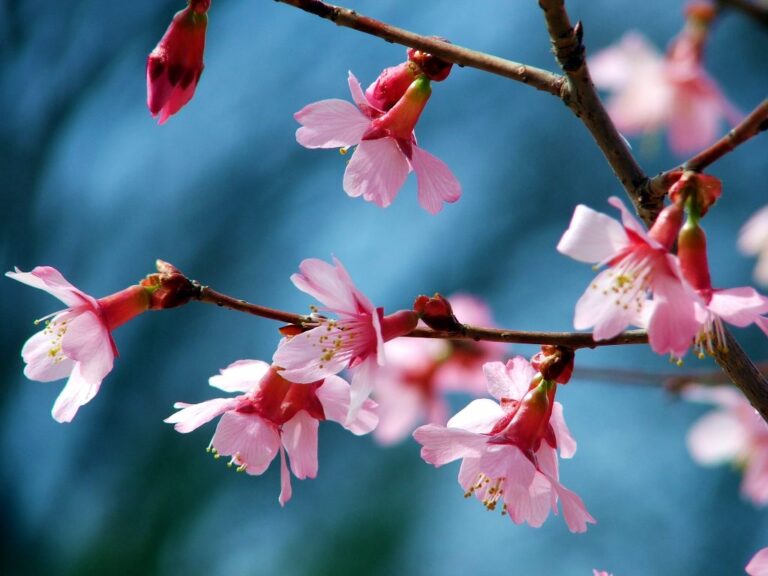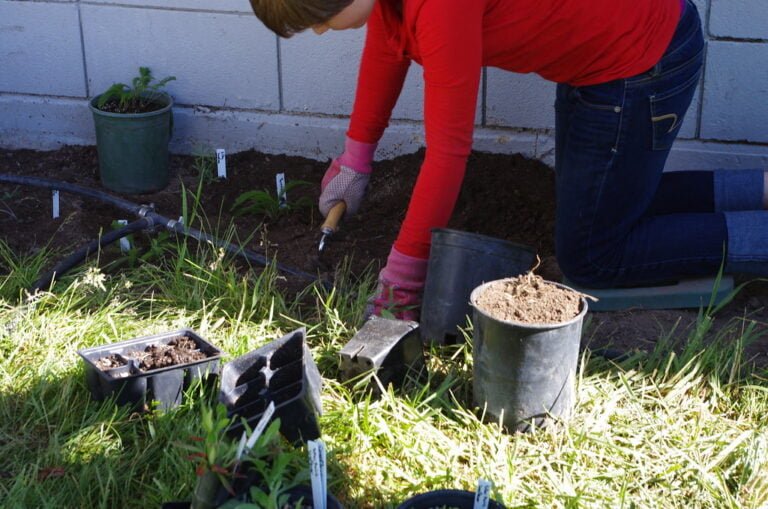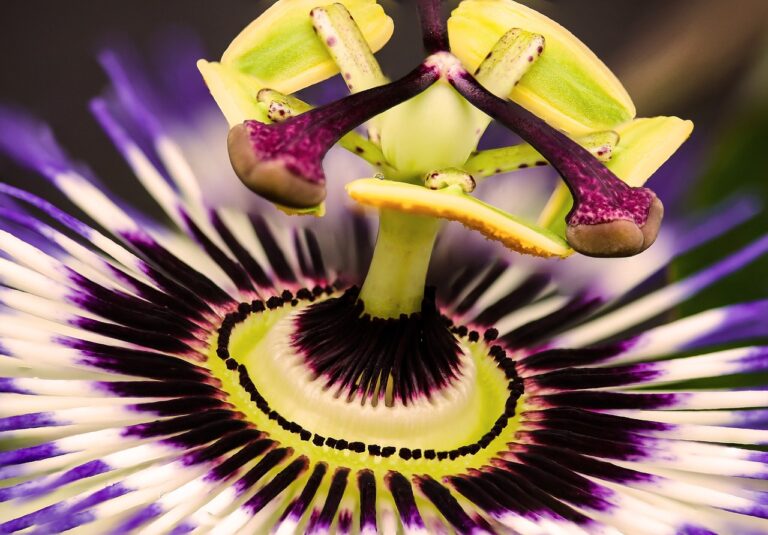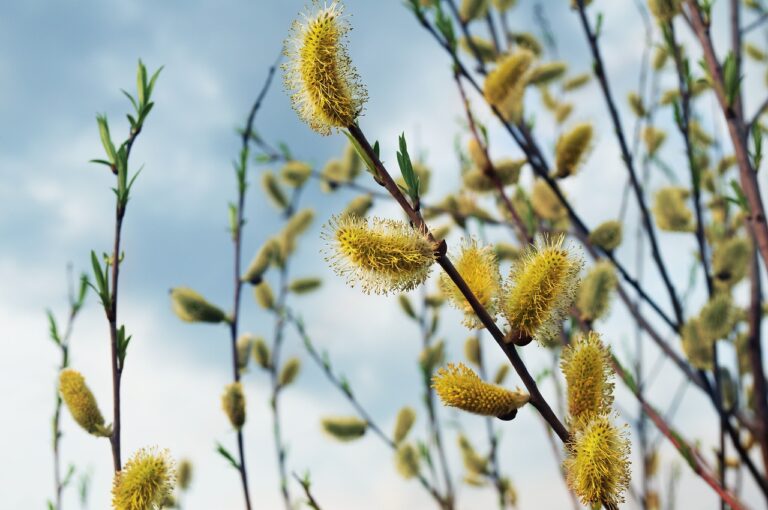Popular Indoor Plant Varieties and Care Tips
I’ve gathered top indoor plant varieties for you: Spider Plant, Peace Lily, Snake Plant, Moth Orchid, and Golden Pothos. Spider Plant purifies air, likes bright to moderate indirect light. Peace Lily has elegant white blooms, needs indirect light, water when soil is dry. Snake Plant has tall leaves, low-maintenance, thrives in bright, indirect light. Moth Orchid needs well-draining soil, allow to dry between waterings. Golden Pothos is hardy, adapting to light, prefers bright, indirect light. Want to turn your space into a green oasis effortlessly? These plants and care tips are a great start.
Top Indoor Plant Varieties
Diversity in varieties is vital in selecting indoor plants, as it is important to find the perfect match for your space and lifestyle. Among the top choices are the Spider Plant, known for its air-purifying qualities and ease of care. This plant thrives in bright to moderate indirect light, making it a versatile addition to any indoor space.
The Peace Lily stands out for its elegant white blooms, adding a touch of sophistication to your surroundings. It prefers indirect light and should be watered once the soil has dried out. Moving on to the Snake Plant, its striking tall leaves make a statement in any room. This low-maintenance beauty can withstand neglect and does well in bright, indirect light.
If you’re looking for a stunning flowering plant, the Moth Orchid, also known as Phalaenopsis, is a perfect choice. It requires well-draining soil and should be allowed to dry out between waterings to thrive. In conclusion, the Golden Pothos, a hardy and air-purifying plant, can adapt to various light conditions but prefers bright, indirect light for peak growth. These varieties offer a range of options for indoor plant enthusiasts seeking both beauty and practicality.
Aloe Vera Care Tips
I’ll guide you through the essential care tips for Aloe Vera to make sure it thrives indoors. Remember to water your Aloe Vera moderately, allowing the soil to dry out between waterings to prevent issues like root rot. Providing bright light conditions and sandy, well-draining soil with a slightly acidic pH level will keep your Aloe Vera happy and healthy.
Watering Frequency
When tending to Aloe Vera plants, it is essential to water them deeply but infrequently to maintain their health and prevent root rot. These drought-tolerant succulents should be watered every 2-3 weeks, allowing the soil to dry out completely between waterings. Factors like temperature, humidity, and pot size should be considered when adjusting waterings. Overwatering can harm Aloe Vera plants, leading to mushy or discolored leaves. If signs of overwatering appear, it’s important to modify the watering frequency promptly. Proper drainage is crucial to prevent water from accumulating around the roots. By following these watering guidelines and monitoring plant responses, you can ensure your Aloe Vera thrives in its environment.
Sunlight Requirements
To guarantee optimal growth and health for your Aloe Vera plant, it is vital to provide it with bright light in a sunny location. Aloe Vera thrives in direct sunlight, making windowsills or sunny spots perfect placements. Inadequate light can lead to leggy growth, so make sure your plant gets at least 6 hours of sunlight daily. While Aloe Vera can handle some direct sunlight, it may require protection from harsh midday sun to prevent burning. Sufficient light is critical for Aloe Vera to improve its growth, resilience, and production of beneficial compounds. Remember, finding the right balance of light exposure will help your Aloe Vera flourish indoors.
Soil Type Preferences
Selecting the appropriate type of soil is essential for ensuring the best growth and health of your Aloe Vera plant. Aloe Vera thrives in sandy, acidic soil that is well-draining to prevent root rot. This type of soil mimics the plant’s natural habitat, promoting healthy root development and best growth. It is vital to maintain soil pH levels slightly acidic, ideally between 6.0 to 7.0, for your Aloe Vera to flourish. The key to success lies in providing excellent drainage, allowing excess water to swiftly exit the soil to prevent waterlogged conditions. By replicating the Aloe Vera plant’s preferred soil conditions, you can create an environment where it will thrive and remain vibrant.
Golden Pothos Care Tips
I’ve learned that Golden Pothos requires moderate watering, allowing the soil to dry slightly between waterings to prevent root rot. Additionally, this plant thrives in bright, indirect light, making it suitable for various indoor environments. By maintaining a balance of watering frequency and providing adequate light, you can guarantee your Golden Pothos remains healthy and vibrant.
Watering Frequency
When caring for your Golden Pothos, make sure that the soil is dry to the touch before watering to maintain peak health. Golden Pothos should be watered when the top inch of soil is dry to prevent over-watering, which can lead to root rot. Water thoroughly, allowing excess water to drain out of the pot. While these plants prefer slightly moist soil, they can tolerate short periods of drought. Adjust the watering frequency based on environmental factors such as temperature and humidity levels to guarantee the plant’s best growth. By monitoring the moisture levels in the soil and adapting your watering routine accordingly, you can help your Golden Pothos thrive indoors.
Light Requirements
To ensure the prime growth and health of your Golden Pothos, it is vital to understand and meet its specific light requirements. These plants thrive in bright, indirect light, making them ideal for spaces with ample natural light. While they can survive in lower light conditions, they will grow best when exposed to brighter light levels. Direct sunlight should be avoided as it can scorch the leaves, so opt for filtered or indirect light instead. Inadequate light may lead to leggy growth and less vibrant foliage. To optimize the growth and variegation of your Golden Pothos, adjust their placement near windows or light sources accordingly. Understanding and providing the right light conditions are essential for the overall well-being of your plant.
Snake Plant Care Tips
With its sturdy nature and air-purifying abilities, caring for a snake plant is simple and rewarding. Snake plants, also known as mother-in-law’s tongue, are perfect for indoor spaces due to their ability to thrive in low light conditions. These low-maintenance house plants are ideal for beginners or those with busy schedules.
To care for your snake plant properly, place it in bright, indirect light, ensuring temperatures range from 70 to 90 degrees Fahrenheit. Keep in mind that these plants require infrequent watering; allow the soil to dry out between waterings to prevent root rot. It’s essential to use well-draining soil to prevent waterlogging and maintain healthy roots.
One of the significant benefits of having a snake plant is its air-purifying qualities. These plants are excellent at removing toxins like formaldehyde and benzene from indoor spaces, promoting a healthier environment overall.
Moth Orchid Care Tips
After mastering the care of snake plants, progressing to caring for Moth Orchids, also known as Phalaenopsis, can improve your indoor gardening skills with their delicate beauty and unique requirements. Moth Orchids are a popular choice for indoor cultivation due to their stunning appearance and relatively low maintenance needs. Here are some essential care tips to help you nurture your Moth Orchids successfully:
- Light Requirements: Place your Moth Orchid in a spot that receives bright, indirect light, as direct sunlight can scorch their delicate leaves.
- Well-Draining Soil: Opt for a well-draining potting mix that includes components like bark, moss, or peat to guarantee proper aeration for the roots.
- Watering Schedule: Water your Phalaenopsis when the top layer of the soil starts to dry out, allowing the roots to breathe properly. Overwatering can lead to root rot, so it’s crucial to find the right balance.
- Blooming Period: With proper care, Moth Orchids can bloom for several months, bringing continuous beauty to your indoor spaces and rewarding your efforts with their elegant flowers.
Peace Lily Care Tips
In caring for Peace Lilies, ensuring moderate watering to prevent excessive watering and root rot is essential for their health and vitality. These indoor plants thrive in low light conditions, making them perfect for spaces with limited sunlight. When watering your Peace Lily, it is important to have drainage holes in the pot to allow excess water to seep out, ensuring proper moisture levels and preventing waterlogging that can lead to root rot.
One practical tip for Peace Lily care is to pay attention to visual cues from the plant. When the Peace Lily starts wilting, it is a clear indicator that it needs water. This visual indicator makes it easier to know when to water your plant, preventing both under-watering and over-watering issues. Remember, Peace Lilies prefer to dry out slightly between waterings, so aim to water them when the top inch of the soil feels dry to the touch.






